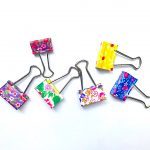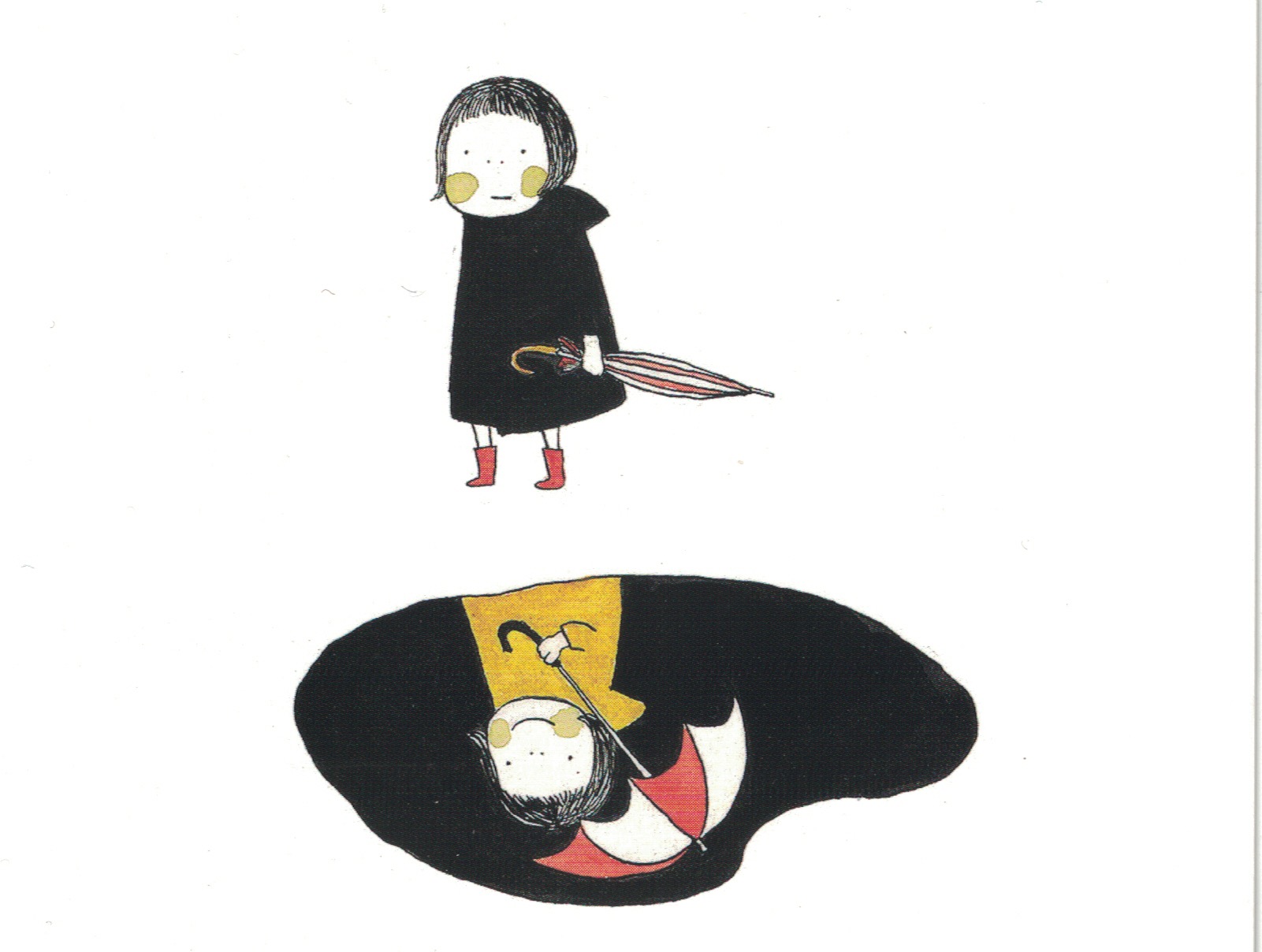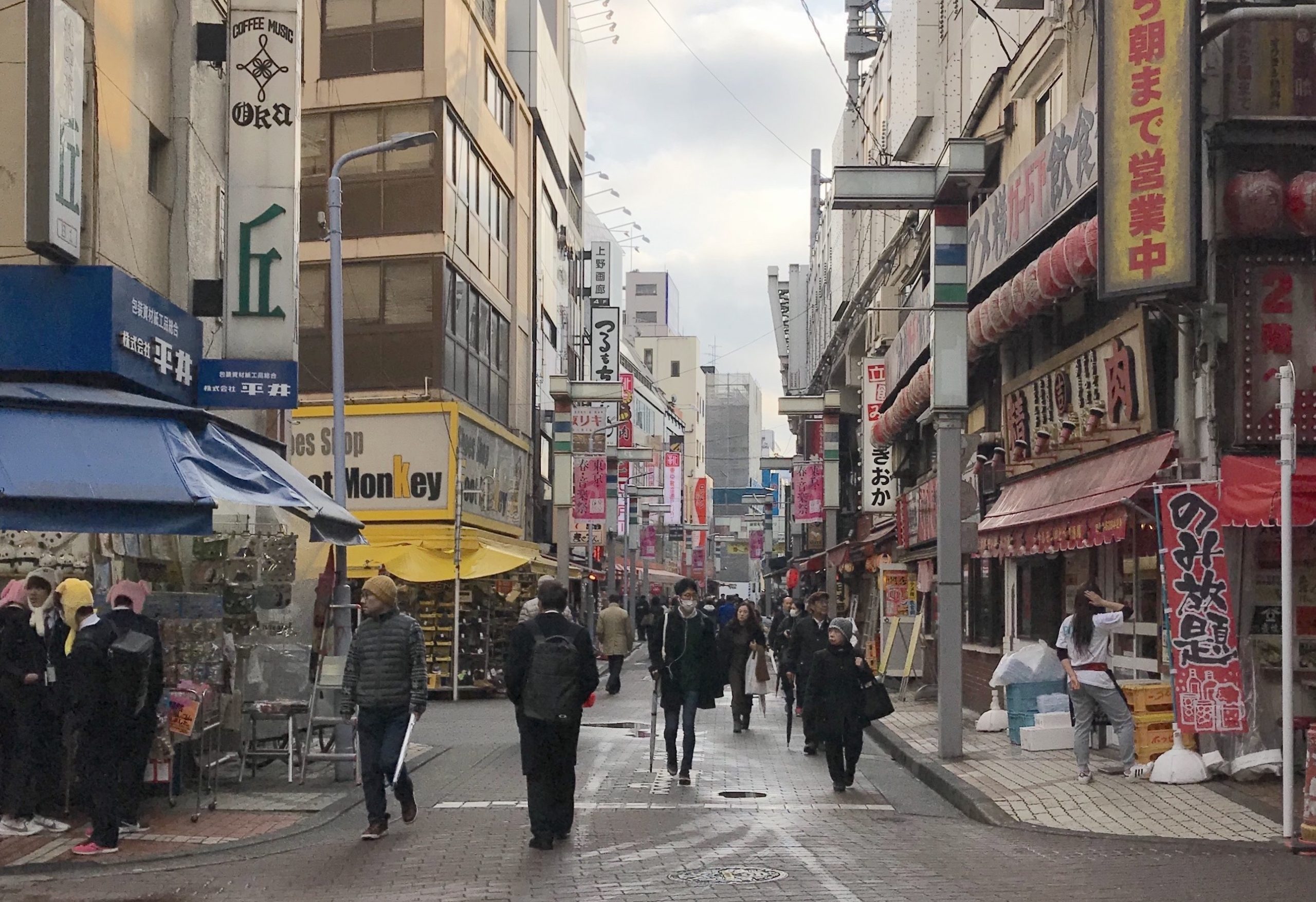The Japanese translation is coming soon. (2021/11/1) / 和訳は作成中です。2021年9月2日
HOW DO YOU TELL NA-ADJECTIVE FROM I-ADJECTIVE?
CONTENTS 1. Two main types of adjectives 2. Test yourself 3. Answer key 4. The first group: “I-Adjective” 5. The second group: “Na-Adjective” 6. Origins of Na-Adjective 7. More recent addition to Na-Adjective 8. How to tell Na-Adjective from I-Adjective
1. Two main types of adjectives
In this post, we will introduce the two main types of adjectives in Japanese and explain how to tell which adjective is which type. If you need just a quick review, please scroll down to the Summary Table with a blue title in Section 8.
In Japanese, we use an adjective with mood and tense.
It means each time you see or hear an adjective, it comes in such a way that tells whether it is affirmative or negative, and whether it is about the past, present, or future.
The two types of adjectives show the mood and tense differently. Therefore, it is imperative that you know how to tell one from the other.
There are a couple more types of adjectives, but those categories have few examples so we can consider them as exceptions. For more on this, please read: “Exceptions in Adjectives”.
2. Test yourself
Here is a placement test for you: Can you sort the following adjectives into two groups?
1. kawaii cute
2. kirei clean, pretty
3. genki in good health
4. yuumei famous
5. karai spicy
6. omoi heavy
7. shinsetsu kind, nice
8. chikai near, close
9. samui cold
10. shizuka quiet
3. Answer key
Here is the answer to the question:
- The first group: kawaii, karai, omoi, chikai, samui
- The second group: kirei, genki, yuumei, shinsetsu, shizuka
We will discuss the name for each group in the next sections.
4. The first group: “I-Adjective”
In the first group, all words have the mora (the smallest sound unit) “i” at the end, such as “kawaii”.
An example of its usage: Kawaii kurippu (cute paperclips)
Many textbooks call this type “I-Adjective” probably because of the presence of “i” at the end.
While the “i” is always at the end, we can be a bit more precise.
When we closely look at the “i” in I-Adjectives, we find only “a”, “i”, “u”, or “o” appears before it. There is no “e”.
It means, actually, the ending of an I-Adjective is: “-ai”, “-ii”, “-ui”, or “-oi”.
In other words, the “I-Adjective” category excludes any adjective ending in “-ei”. We will explain the reason in Section 6.
5. The names for the second group: “Na-Adjective”
We call the second group “Na-Adjective” following some books.
This type of adjective is used in a different way from I-Adjectives.
Here is one example: Shizuka (quiet)
“A quiet day” is “shizuka na hi” in Japanese. “Shizuka (quiet)” is a Na-adjective, and because of that, we must put a linking particle “na” right after it. This “na” is the namesake of “Na-Adjective”.
6. Origins of “Na-Adjective”
There are other differences between Na-Adjective and I-Adjective besides the particle “na”. We will discuss them in another post “The Two Adjective Types”, so here we will only tell you why we think there are two types of adjectives in Japanese.
Originally, what we call I-Adjective today was the only type of adjective in Japanese. You can see them in ancient documents. The forms were different from those of today, but we can recognize them from their stems.
As the language developed, during the Heian Era (794-1191), the vocabulary rapidly expanded. Many new words came into existence, some of which were Japanese creation and some imported from Chinese. Anyway, they found they couldn’t use some of the new qualifying words in the way they did traditional adjectives (I-Adjectives).
Therefore, they created a set of different grammatical rules to use those new words. This was the beginning of what we call Na-Adjective.
Below are some examples.
Japanese words which have become Na-Adjective:
- shizuka (quiet)
- hima (having nothing to do)
- nigiyaka (full of lively activity)
- shiawase (happy)
- uraraka (beautiful, of a fine, warm spring day)
- yokoshima (evil)
Words imported from Chinese which have become Na-Adjective:
- genki (in good health)
- kirei (clean or pretty)
- yuumei (famous)
- kantan (easy)
- kiken (dangerous)
- kyuu (sudden)
- sessoku (quickly but poorly done, about a job)
7. More recent addition to Na-Adjective
By the way, since the late 19th century when the Japanese began to import many words from Western languages, the Japanese have always treated the adjectives loaned from a foreign language as Na-Adjective. For example:
Imported Western words which have become Na-Adjective:
- hansamu (“handsome”, usually to describes a man)
- ereganto (“elegant”)
- kuriin (“clean”, usually about a politician who is not corrupt)
- riaru (“real”, meaning in the actual world)
- randamu (“random”, used for the way to make a choice.)
- sumuuzu (“smooth”, used for the way things go without a problem)
8. How to tell Na-Adjective from I-Adjective
Then, how do you tell a Na-Adjective from an I-adjective?
If you know how an I-Adjective should look, you can tell a Na-Adjective by elimination. In other words, when it doesn’t look like an I-adjective, it’s 99% Na-adjective.
But you can also tell a Na-Adjective from its appearance. There are three patterns as follows:
(1) Na-Adjective can end with a SINGLE vowel, such as “shizuka”, “genki” “hansamu”.
Note that Na-Adjectives such as “genki” have “i” in the end, but it is a single vowel. Therefore, the moras of this word are: “ge-n-ki” and there is no independent mora “i”.
(2) Na-Adjective can end with a “n” sound, such as “kantan”.
(3) Na-Adjective can end with “-ei”, such as “yuumei”.
All adjectives ending in “-ei” are imports from Chinese. That’s why they never inflect like I-Adjectives.
Below is a table to summarize this post.
Summary: How To Tell Na-Adjective from I-Adjective
| I-Adjective | Na-Adjective | |
|---|---|---|
| Ending of the word | Always double vowel (-ai, -ii, -ui, -oi) | (1) Single vowel after a consonant (-a, -i, -u, -e, -o) (2) n (3) Double vowel: -ei |
| Examples | takai (high, expensive) oishii (delicious) samui (cold) omoi (heavy) | (1) shizuka (quiet), genki (in good health), hansamu (handsome) (2) kantan (easy) (3) yuumei (famous) |
FYI, as for the “-ei”-ending Na-Adjectives, you can also tell them by the sound. Many people pronounce “-ei” as prolonged “eh” (the shape of the mouth doesn’t change), not like the alphabet “A”. Therefore, you don’t usually hear “i” in the end, even if “i” is spelled in the word.
*********************************************
We hope this post helps beginners in general, but we hope it will help you in reading such posts as: “The Two Uses of Adjectives” and “How do you say ‘AND’ in Japanese?”





